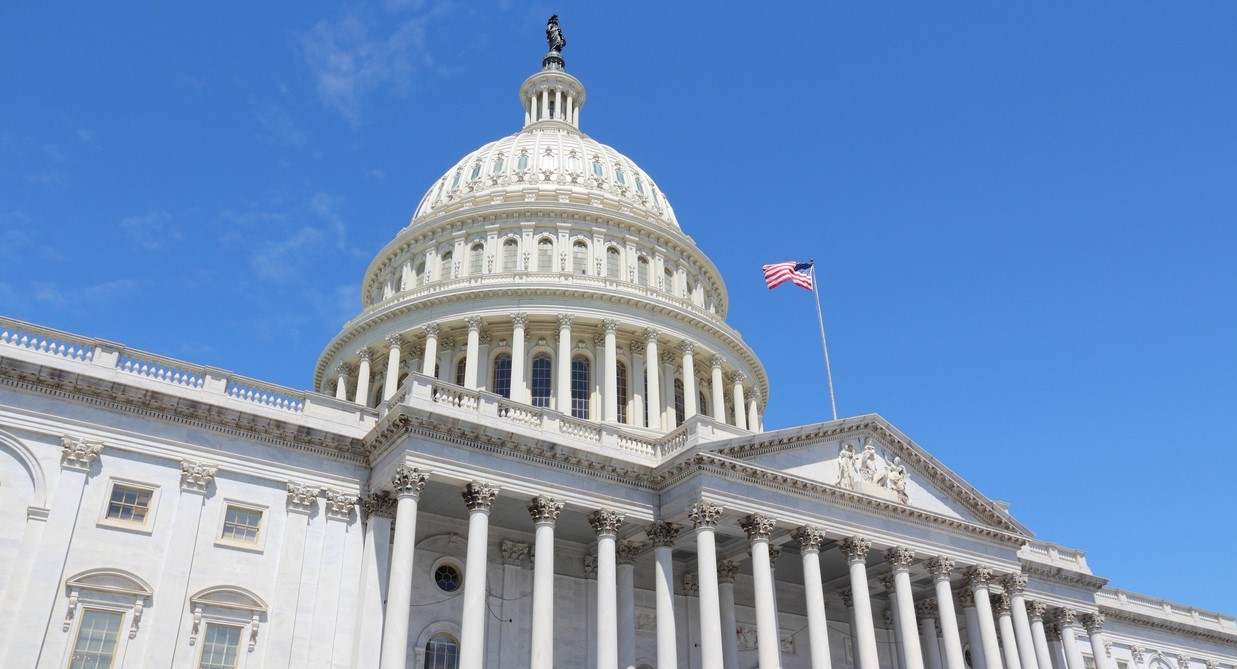COVID-19 Emergency Funding Helped Control the Pandemic, but Did Not Address Structural Weaknesses in the Nation’s Public Health System
(Washington, DC – June 14, 2023) – Decades of underfunding have left the nation’s public health system ill-equipped to protect the health of Americans, according to a new report, The Impact of Chronic Underfunding on America’s Public Health System: Trends, Risks, and Recommendations, 2023, being released today by Trust for America’s Health.
Insufficient funding for public health programs has been a long-standing problem. The COVID-19 crisis illuminated weaknesses in the nation’s public health infrastructure, including antiquated data systems, insufficient public health laboratory capacity, an under-resourced public health workforce, and the need for improved public health communications. These foundational public health capacities require increased, flexible, and sustained funding.
While pandemic response emergency funding was critical for addressing the crisis, it represented one-time funding and was often limited to COVID-19-specific spending, i.e., it could not be spent on underlying infrastructure needs. Furthermore, in most instances, this funding has now ended or was rescinded in the recent debt limit agreement. The nation is therefore at risk of returning to a boom-and-bust pattern of sporadic funding increases for public health during emergencies followed by insufficient funding in non-emergency periods.
The U.S. Centers for Disease Control and Prevention (CDC), the primary source of public health funding for state, local, tribal, and territorial health departments, is itself reliant on the annual federal appropriations process. Over the past two decades (FY 2014 – 2023), the CDC’s budget has increased by just 6 percent after adjusting for inflation, leading to insufficient funding in key program areas such as emergency preparedness and chronic disease prevention.
Two CDC programs focused on public health preparedness and response, the Public Health Emergency Preparedness Program (PHEP) and the Healthcare Readiness and Recovery Program, have both experienced major budget cuts over the past two decades. After adjusting for inflation, PHEP funding has been reduced by about half since 2003, and the budget for the Healthcare Readiness and Recovery Program has decreased by nearly two-thirds during the same period.
In addition to the risks associated with health emergencies, the country faces a growing number of people living with chronic diseases and the associated healthcare costs. Today, roughly 60 percent of the U.S. adult population has at least one chronic disease, such as obesity, diabetes, or heart disease. Treating these chronic diseases, along with mental health conditions, accounts for the vast majority of U.S. healthcare spending. While evidence-based public health programs that help prevent chronic disease are doing important work, insufficient funding has limited their accessibility and impact in many communities.
“We must address the serious mismatch between the nation’s public health needs and its public health investment,” said J. Nadine Gracia, M.D. MSCE, President and CEO of Trust for America’s Health. “Public health and prevention represent only a small fraction of the more than $4 trillion in annual health spending in our nation. Increased and sustained investment in public health would not only better prepare us for future public health emergencies, it would also help address the root causes of poor health and health disparities.”
TFAH is calling for annual funding for CDC of at least $11.581 billion in FY 2024, the level requested in the President’s FY 24 budget (FY 2023 CDC funding is $9.2 billion).
Other policy recommendations within the report include:
- Increase and sustain disease-agnostic funding to strengthen public health infrastructure. Public health experts estimate an annual shortfall of $4.5 billion in necessary funding for state and local health departments to provide comprehensive public health services in their communities.
- Strengthen public health emergency preparedness, including within the healthcare system. Investments should include the restoration of funding to the Public Health Emergency Preparedness Cooperative Agreement, the Healthcare Readiness and Recovery Program, and programs designed to support vaccine infrastructure as well as prevent, detect, and contain antimicrobial-resistant infections.
- Modernize the public health data system to ensure comprehensive and real-time data sharing during public health emergencies. Public health experts estimate that at least $7.84 billion is needed over the next five years for CDC’s Data Modernization Initiative to strengthen public health data collection and reporting at the state and local levels. Congress should also provide sustained funding for CDC’s new Center for Forecasting and Outbreak Analytics.
- Bolster the recruitment and retention of the public health workforce. In 2021, it was estimated that state and local public health departments needed to hire an additional 80,000 employees to be able to deliver a minimum set of public health services. The one-time nature of short-term emergency funding means that health departments will continue to experience understaffing.
- Address health disparities and the root causes of disease by addressing the social determinants of health and investing in chronic disease prevention.
- Invest in programs to prepare for and mitigate the impacts of climate change.
Read the full report






